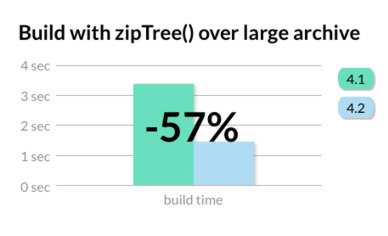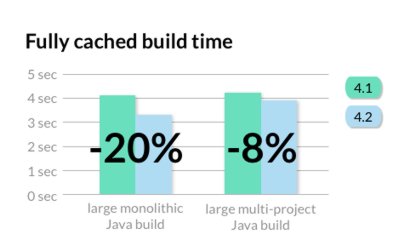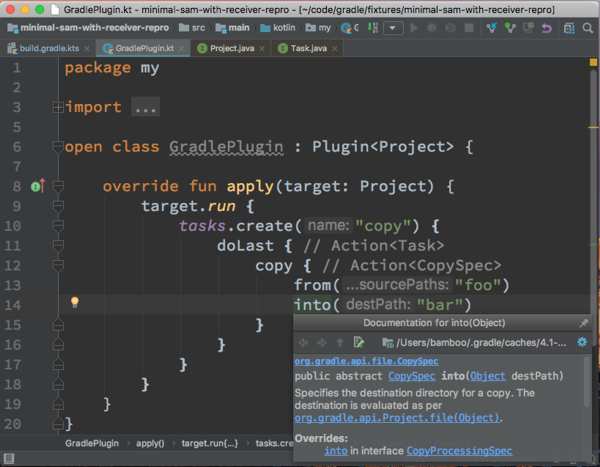| Gradle 4.2 Released With Faster Build Times |
| Written by Alex Armstrong | |||
| Thursday, 05 October 2017 | |||
|
The emphasis in the recently released Gradle 4.2 is improved support for building native applications, which has reduced build times for native performance by as much as half. Another highlight is the inclusion of Gradle Kotlin DSL.
Performance improvements have been achieved in Gradle 4.2 in three ways:
Gradle Kotlin DSL v0.11.1 is included in Gradle 4, which, according to its Release Notes: brings the latest and greatest Kotlin (1.1.4-3) and takes big steps toward general usability with utilities for Groovy-heavy DSLs such as Maven POM customization, Ant usage and those provided by Groovy-biased community plugins.
There have also been improvements to the Kotlin DSL plug-in:
Other enhancements include first-class support for Google Cloud Storage backed repositories allowing you to publish and consume using the Play framework support is also upgraded in Gradle 4.2 with Play v2.6, built-in Twirl template types and user-defined Twirl formats being supported. In addition this version introduces new on-demand rebuild and reload for
If you are interested in using Gradle in the Android environment see Insider's Guide To Udacity Android Developer Nanodegree Part 4 - Build it Bigger in which I Programmer's Nikos Vagallis learns how to use Gradle to "turn a pile of source code and resources into a shipped, tested and functioning app".
More InformationRelated ArticlesInsider's Guide To Udacity Android Developer Nanodegree Part 4 - Build it Bigger To be informed about new articles on I Programmer, sign up for our weekly newsletter, subscribe to the RSS feed and follow us on Twitter, Facebook or Linkedin.
Comments
or email your comment to: comments@i-programmer.info
|
|||
| Last Updated ( Thursday, 05 October 2017 ) |






